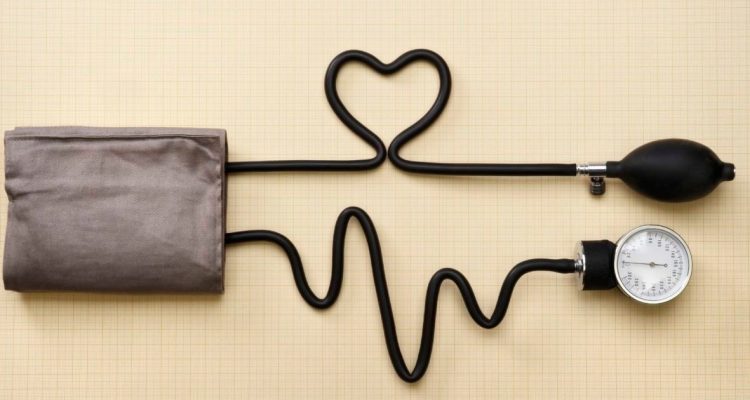
Scientists have explained how to find out about dangerously high blood pressure without a tonometer
0
High blood pressure is thought to have no symptoms, and any claim to the contrary is controversial. However, a recent study was able to shed light on how to know the risk of hypertension with the help of some signs.
High blood pressure is a process in which the force pressing on the walls of the arteries is too high. Most often, hypertension can lead to a heart attack.
Due to the lack of visible warning signs, high blood pressure is called by many a “silent killer”.
However, a number of studies conducted in recent years partially refuted this assumption. For example, scientists recently stated that there may be a link between high blood pressure and the frequency of epistaxis attacks. This is a medical term for nosebleeds.
During the research, 80 patients were divided into two groups. Thus, group A consisted of 40 patients with epistaxis, group B – 40 patients who served as a control group. All study participants underwent 24-hour ambulatory blood pressure monitoring and were monitored for three months.
Experts concluded that the frequency of nosebleeds was significantly higher in patients with hypertension. At the same time, they noted, dangerously high pressure makes managing epistaxis much more difficult – with hypertension, it turned out to be more difficult to stop nosebleeds.









Leave a Reply